<--- Back to Details
| First Page | Document Content | |
|---|---|---|
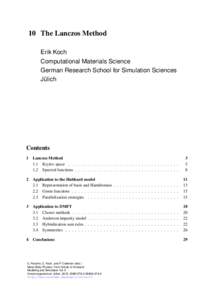 Date: 2015-09-07 08:29:39Numerical linear algebra Operator theory Functional analysis Linear algebra Quantum states Lanczos algorithm Krylov subspace Bloch wave Tridiagonal matrix Wave function Eigenfunction Hilbert space |
Add to Reading List |
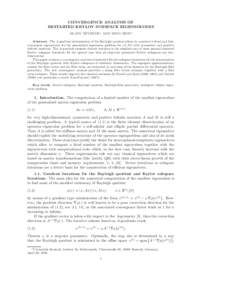 | . CONVERGENCE ANALYSIS OF RESTARTED KRYLOV SUBSPACE EIGENSOLVERS KLAUS NEYMEYR∗ AND MING ZHOU∗ Abstract. The A-gradient minimization of the Rayleigh quotient allows to construct robust and fastconvergent eigensolverDocID: 1tdNn - View Document |
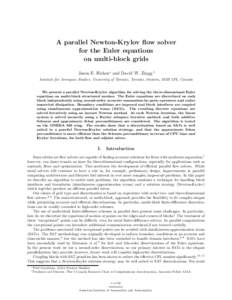 | A parallel Newton-Krylov flow solver for the Euler equations on multi-block grids Jason E. Hicken∗ and David W. Zingg †DocID: 1qp2p - View Document |
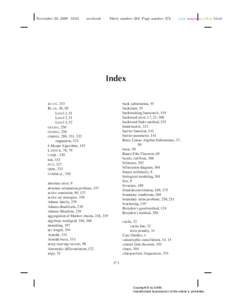 | OT109_OLearyFM-A:OT109_OLearyFM-A.qxdDocID: 1qffI - View Document |
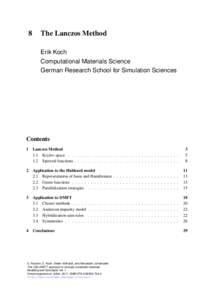 | 8 The Lanczos Method Erik Koch Computational Materials Science German Research School for Simulation SciencesDocID: 1pIEI - View Document |
 | 10 The Lanczos Method Erik Koch Computational Materials Science German Research School for Simulation Sciences Julich ¨DocID: 1pI4i - View Document |
 10 The Lanczos Method Erik Koch Computational Materials Science German Research School for Simulation Sciences Julich ¨
10 The Lanczos Method Erik Koch Computational Materials Science German Research School for Simulation Sciences Julich ¨